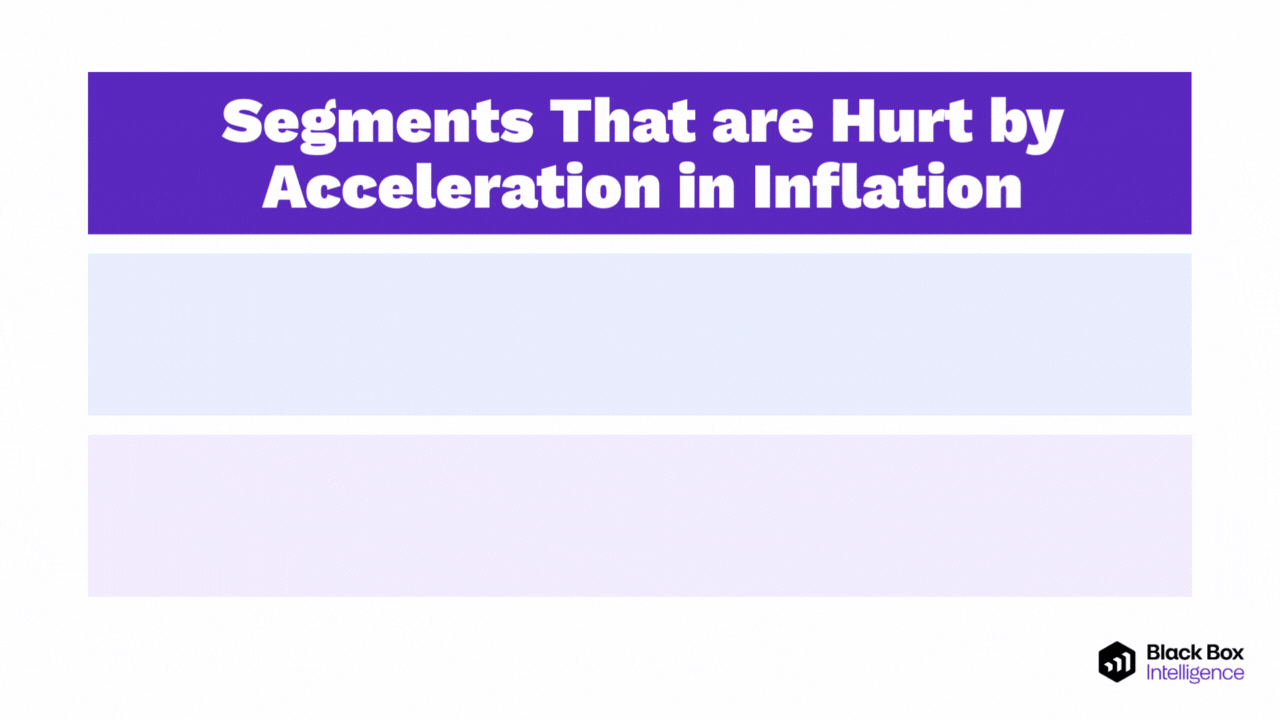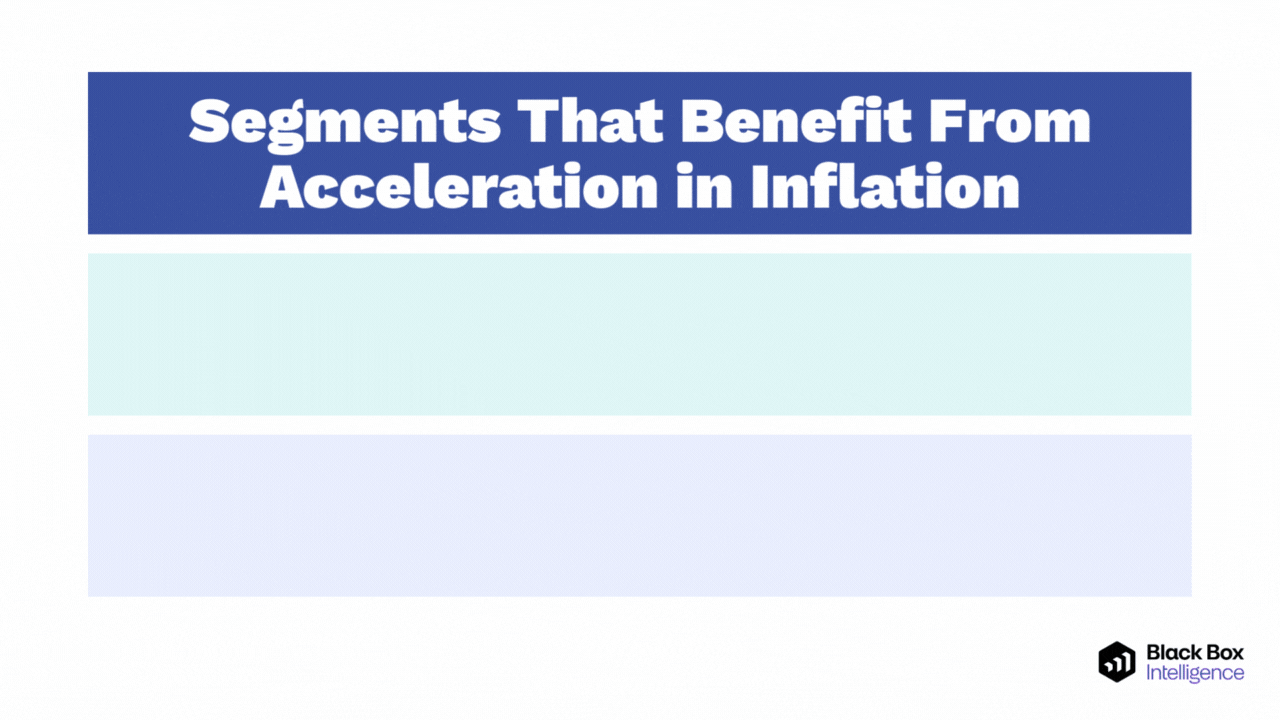April 2025 Monthly Second Helping: Highlighting Hot Topics in the Industry
What Inflation Means for the Restaurant Industry
Restaurant Behavior During Times of Inflation
In the restaurant industry, known for its razor-thin margins, inflation is a scary word.
After years of rising inflation, restaurants have been performing the high-wire balancing act.
They have needed to raise prices enough to keep up with rising COGS.
However, not so much that they lose price-weary consumers.
So understandably, in this landscape of economic uncertainty, many restaurateurs are feeling anxious. However, inflation does not affect all brands equally.
In fact, some segments tend to perform better during periods of high inflation.
Who benefits?
On the surface, high inflation is bad for the industry in the aggregate.
Especially when prices rise significantly.
Consumers tend to cut back on restaurant spending in favor of groceries.
This is especially true of specific restaurant segments.
When we examine our monthly Financial Intelligence segment benchmarks and the Consumer Price Index going back to 2017, we find that inflation has a negative correlation to Family Dining and Casual Dining traffic growth.

This means that for Family and Casual Dining, when inflation goes up, traffic tends to go down.
These segments are most negatively impacted when consumers feel pressured by rising prices and tight budgets.
Meanwhile, Upscale Casual has a very light negative correlation, and Fine Dining does not correlate.
In other words, those segments have the highest menu prices. Therefore, those segments attract higher income levels and are less sensitive to changes in inflation.
Recent Black Box Intelligence analysis revealed that those zip codes with the highest household incomes experienced the strongest year-over-year growth in their restaurant same-store sales during Q1 of 2025.

This data shows what would be expected:
Those with more disposable income are less likely to reduce expenses considerably during economic duress.
Conversely, Limited Service restaurants tend to actually benefit from higher inflation.
Quick Service and Fast Casual’s same-store traffic growth positively correlates with inflation. And the latter is the segment that most benefits from economic price increases.

This means that for Family and Casual Dining, when inflation goes up, traffic tends to go down.
These segments are most negatively impacted when consumers feel pressured by rising prices and tight budgets.
Meanwhile, Upscale Casual has a very light negative correlation, and Fine Dining does not correlate.
In other words, those segments have the highest menu prices. Therefore, those segments attract higher income levels and are less sensitive to changes in inflation.
Recent Black Box Intelligence analysis revealed that those zip codes with the highest household incomes experienced the strongest year-over-year growth in their restaurant same-store sales during Q1 of 2025.
This data shows what would be expected:
Those with more disposable income are less likely to reduce expenses considerably during economic duress.
Conversely, Limited Service restaurants tend to actually benefit from higher inflation.
Quick Service and Fast Casual’s same-store traffic growth positively correlates with inflation. And the latter is the segment that most benefits from economic price increases.
How to Prepare
One of the biggest fears associated with a tariff-induced trade war? It’s the effect it could have on inflation.
If inflationary pressures accelerate again this year, BBI experts expect these trends to continue.
Therefore, Limited Service restaurants should continue to highlight their lower price points. By leaning on value, brands can attract those trading off from Full Service restaurants.
Upscale Casual and Fine Dining brands should lean into what they do best.
With the focus on high-end experiences, brands can be the go-to choice for important events.
Casual and Family Dining have the most challenging undertaking: stealing back traffic from Limited Service through perceived value.
While this task is difficult, it’s not impossible. The recent success of some Casual Dining brands proves there is a market for cheaper table-service restaurants even during a less-than-ideal economy.
However, what cannot be sacrificed is restaurant-level execution to deliver on an experience that meets expectations.
If these restaurants can provide an entry price that is reasonable and augment their value proposition by offering guests an experience that is substantially better than what they can get at a lower price point, they will be in contention.
Instead of being victims of the “trade down”, they can be victors of the “trade up.”